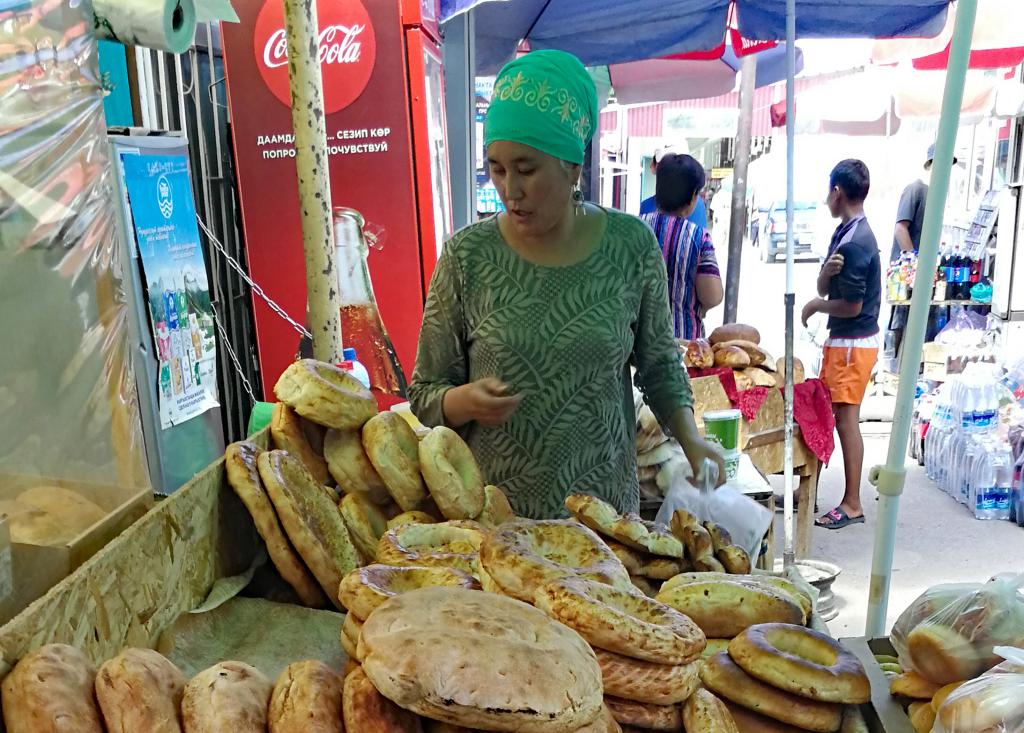Urbanisation as driver of food system transformation and opportunities for rural livelihoods
Urbanisation is altering food systems, in particular in sub-Saharan Africa and South Asia. These changes can affect rural livelihoods in positive and negative ways. In this article, the authors present scientific evidence on the enabling conditions that shape these impacts

The impacts of urbanisation on food systems
The ongoing dynamics of urbanisation in sub-Saharan Africa and South Asia transform food systems in multiple ways. A growing urban population results in growing urban food markets, and a rising demand for diverse products, including more high-value and processed products. Food markets can become more complex due to rising and more diverse demand, and this demand is still largely met by informal market linkages in sub-Saharan Africa. In South Asia, informal markets also dominate, although formalised value chains are more common. The coming decades, sub-Saharan Africa and south Asia are projected to remain hotpots for urbanisation while they also face very large challenges in terms of sustainable development, notably related to poverty, food security, and health.
Different enabling conditions affect the impacts on rural livelihoods
Especially rural areas fall behind in sub-Saharan Africa and South Asia. Over 80 percent of the extreme poor and around 75 percent of the moderate poor live here and the majority of these people depend at least partly on food system activities, mostly on food production. The changes in food systems following differing processes of urbanisation can affect rural livelihoods both positively and negatively. The capacity of rural households to act upon the opportunities, such as off-farm employment or better access to farm inputs, depends on a wide range of enabling conditions which are summarised in the table below. Per situation, there are different bottlenecks that hinder rural livelihoods to benefit from urbanisation. The reviewed evidence suggests that the connectivity to urban centres is pivotal, as it provides access to finance, inputs, information, services, and off-farm employment. As a result, physical and communication infrastructure, the spatial pattern of urbanisation, and social networks connecting farmers to markets are identified as important enabling factors for the improvement of rural livelihood outcomes. The findings suggest that coordinated and inclusive efforts are needed at different scales to make sure rural livelihoods benefit from urbanisation and food system transformation.
| Enabling condition | Specification |
|---|---|
| Social conditions | Networks, norms, knowledge |
| Physical conditions | Infrastructure, food markets, and land availability |
| Spatial conditions | Patterns of urbanisation |
| Economic conditions | Trade policies and financial incentives |
| Institutional conditions | Government services and governance |
Authors
Specifications
- Publication title
- Urbanisation as driver of food system transformation and opportunities for rural livelihoods
- Publication date
- 28 June 2021
- Publication type
- Article
- Page count
- 18
- Publication language
- English
- Magazine
- Food Security
- Issue
- (2021)
- Product number
- 4459




